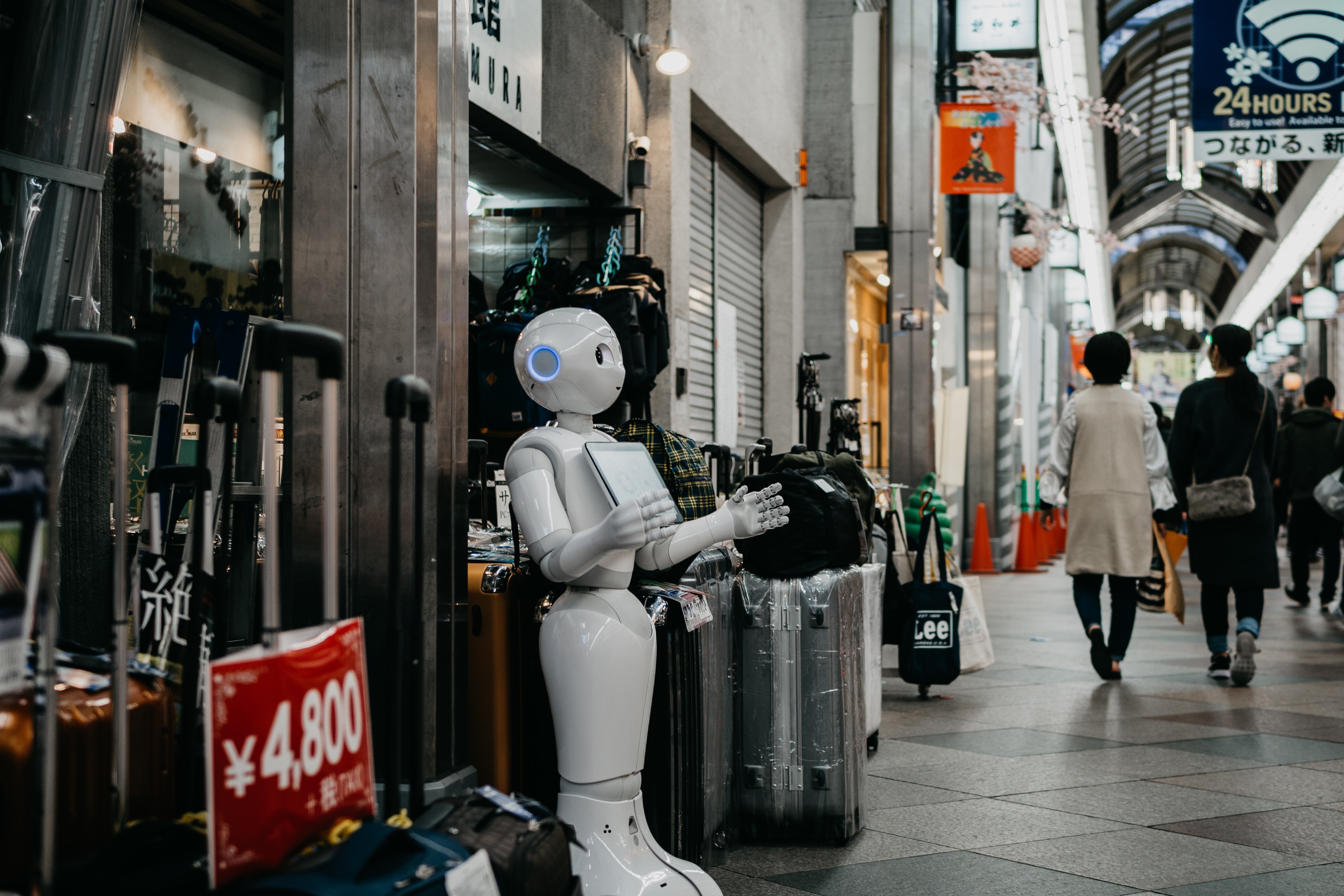This year, I finally did it. I started tango classes. It’s something I’ve wanted to do for ages – ever since I saw Scent of a Woman in the early 90s. In one scene, Al Pacino’s blind character, Frank Slade, dances with the beautiful Donna (Gabrielle Anwar) to Leonard Cohen’s Dance Me to the End of Love. Although they are strangers, Donna trusts Frank, and lets him guide her backwards across the parquet as if it was the most natural thing in the world.
Dance me to the end of love
I’ve always loved music and dancing. Argentinean tango is particularly special – graceful, elegant and intense. It’s not like classical tango where the steps are choreographed. Instead, once you learn a few basic steps, it’s up to you how to apply them on the dancefloor. It is improvisation that is shaped by the mood, the intuition of the dancers and the chemistry between them. Every time, it is something new – playful or straight, cheerful or melancholy, powerful or gentle.
In lieu of rehearsed steps, I have to rely on my dance partner completely. Is he loosening his grip on my hand? Is he creating an opening for an ocho, a figure eight? When will we finish this sequence and continue across the dance floor? Obviously, there are no verbal cues for this stuff, nor any fail-safe head gestures.
To be honest, following someone like this is a new experience for me, as is completely handing over control to anyone – man or woman. As a beginner, you’re usually dancing with other beginners in class. Does my partner have a good feel for the dance floor? Will he keep us from bumping into the others, or is he totally concentrated on not stepping on my feet?
The trust factor
I told Julia Hobsbawm (editor-at-large of Social Health at Thrive Global) all about my tango lessons over dinner in Berlin. She’s been talking a lot about artificial intelligence on her podcast series, The Human and the Machine. Perhaps that’s why she asked me point blank: would you tango with a robot? My answer came out like a bullet: “Never! Tango is something sensual, so how could I ever tango with a machine?”
But the conversation stuck with me. What triggered my vehement reaction? Maybe it was the word “robot,” which always evokes images of metal ribs, wire veins and diode eyes. Also, robots’ movements are usually clumsy and jerky. Trying to get Atlas Unplugged – a robot created by Google’s Boston Dynamics – to breakdance might be amusing, but it probably wouldn’t be pretty.
But when I think about the most sophisticated humanoid robots, it’s not their lack of grace that concerns me most; I just don’t trust them. Atlas might accidentally crush one of my hands, ribs or feet if he gets distracted. He could send us on a collision course with another pair – you know, just to see what would happen and how we humans would react. Or perhaps he would go into a violent fit of jealous rage when he realises his lumbering moves will never match the teacher’s effortless glide.
I’m aware of my bias. I just presume that machines never work perfectly, that they are capable of curiosity and jealousy, or that they ever act on such feelings. But they don’t. That would be completely irrational. We, humans are the only ones who can be irrational. Machines are developed to work efficiently, persistently and reliably based on precisely defined rules. If they don’t, they either get fixed or scrapped.
Telling us apart from machines
The people who build super-intelligent, productive machines want us to work and live in harmony with their creations. Humanoids should take over some of our most demanding physical or technically challenging tasks, help us care for children and the elderly, and pioneer unexplored and uninhabitable reaches of our planet (and beyond).
Because humans tend to fear things that are different, developers are trying to make robots more like their future employers, families, and teams. Humanoid robots such as the University of Osaka’s Erica or Hanson Robotics’ Sophia are not only designed to resemble us; according to David Hanson, they will also soon possess a consciousness, as well as creativity and other typically human abilities. Sophia said it herself in one of the countless interviews she has given: in the future, she would like to go to school, study, make art, start a company, and have her own house and family. Does she want to dance, too? Either way, Dr. Hanson says that one day, robots and people will be impossible to tell apart.
Considering all this, I ask myself Julia’s question again: would I tango with a robot? Maybe it depends on the robot. The term tango comes from the Latin verb, tangere. It means, “I touch.” The Irish playwright George Bernard Shaw took it a step further, calling tango “a vertical expression of a horizontal desire.” Would my robotic dance partner have to have human feelings? Human body temperature? Human expressions? Would he have to look like Jude Law in Steven Spielberg’s classic A.I.? Hmmm. Would I tango with Gigolo Joe? Well, if you put it like that, then yes.
But just for practice – until I’m good enough to dance with the flesh-and-blood virtuosos. Don’t settle for a copy when you can have the original, even if the copy is just as good. I know that isn’t very logical, and it might even hurt Gigolo Joe’s feelings. But as a woman, I trust my instincts – and my human intelligence.


